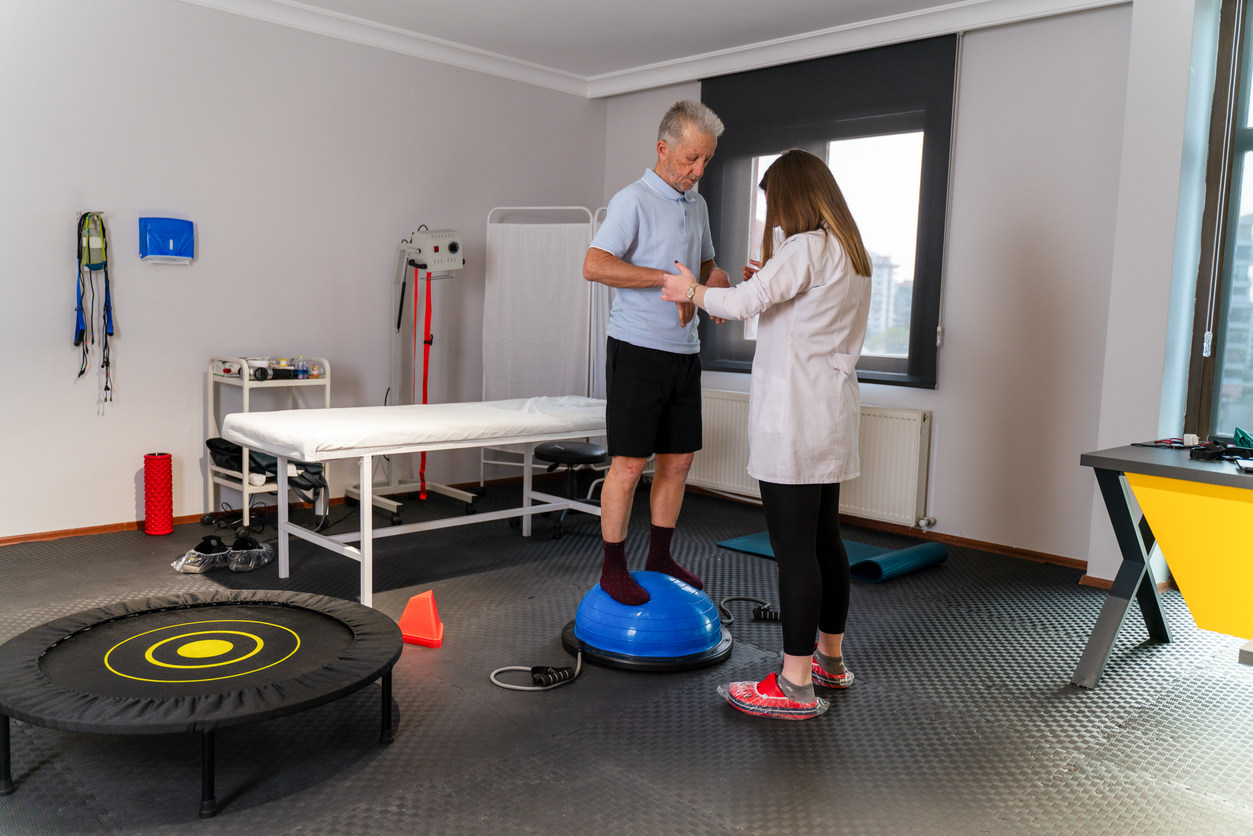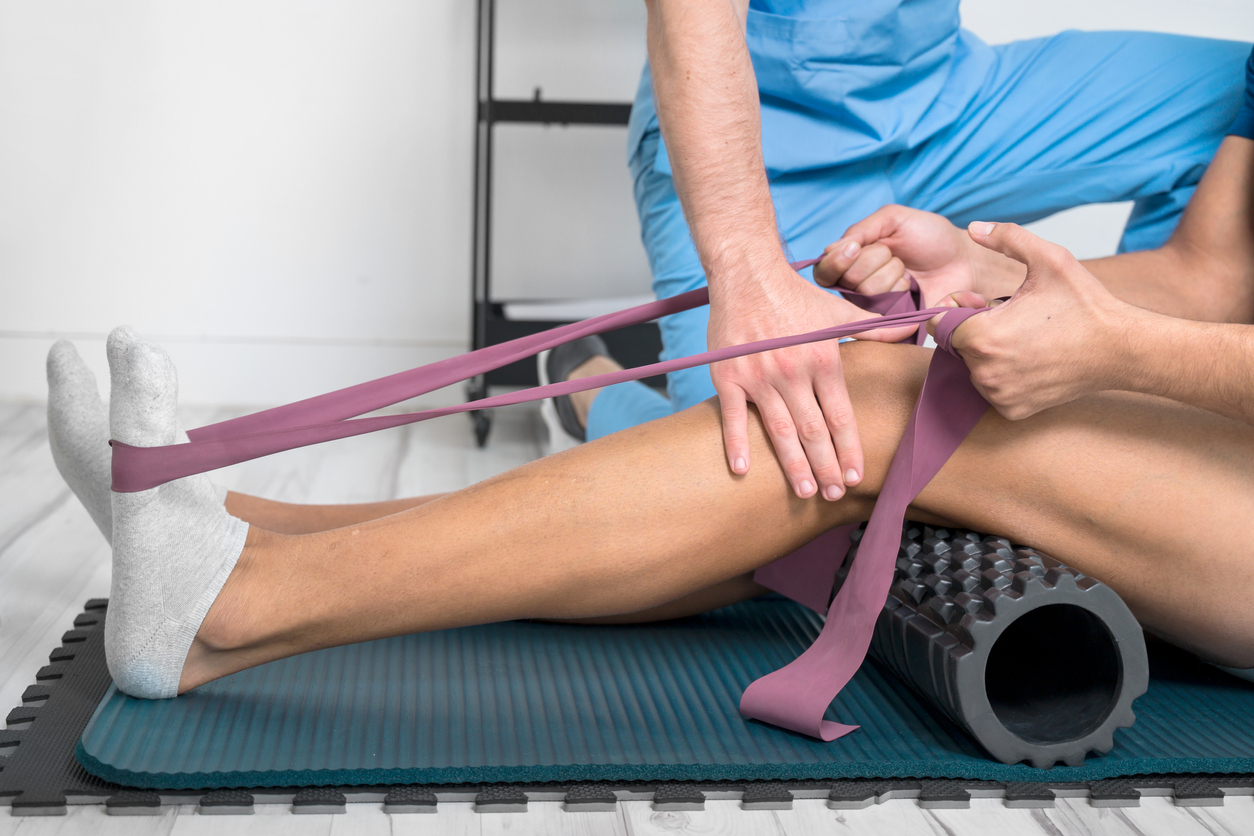Treatments
The Pros and Cons of Physical Therapy

What is physical therapy?
Physical therapy is often used as a standard treatment for chronic pain or pain related to an injury. However, it can also help treat other medical conditions, including back pain, headaches, diabetes, injuries, etc. A physical therapist typically treats areas of weakness by encouraging movement. Nevertheless, there are pros and cons to consider before beginning this treatment.
Pros of physical therapy
Physical therapy is considered to be a safe treatment option for various chronic pain conditions. There are many benefits associated with physical therapy, including, but not limited to, the following:
- Reduced pain — Physical therapy has been shown to effectively reduce acute and chronic pain. Certain injuries may require physical therapy to rebuild the injured area and prevent further damage. It may also decrease the amount of pain medication an individual needs to consume for pain management.
- Improved function — Physical therapy can increase range of motion, strengthen muscles, and improve balance and agility. It can also reduce inflammation, tenderness, swelling and stiffness. These changes can help individuals better participate in activities of daily living, employment tasks, and recreational activities.
- Decreased symptoms of chronic conditions — While physical therapy is often used for injuries or rehabilitation following surgery, it can also be beneficial as a treatment option for chronic conditions. For example, physical therapy can improve balance and help prevent falls in individuals with multiple sclerosis or Parkinson’s disease. It also helps reduce the severity of rheumatoid arthritis symptoms.
- Shortened recovery period following surgery — Physical therapy may be needed following certain surgical procedures. It helps with providing a full recovery, restoring strength, and regaining normal function of daily activities. This leads to increased walking distances and greater quality of life.
Cons of physical therapy
Although physical therapy has numerous benefits, there may also be some disadvantages or risks associated with it. They include, but are not limited to, the following:
- Expense — Although some costs of physical therapy may be covered by insurance, it can still be expensive. Co-pays and other out-of-pocket costs can add up quickly. For those without health insurance, physical therapy can lead to a large debt.
- Slow or no benefits — Physical therapy does not produce rapid results. Treatment outcomes can take weeks or months to notice; some individuals may experience results at a much slower pace than others. Depending on the circumstances, benefits from physical therapy may occasionally be unaccomplished.
- Risk of injury — Although physical therapists are highly educated and trained to help prevent injury, the possibility of injury is still present. For example, excessive therapy in a short time could cause a setback to an existing injury or create a new injury. While completing a passive range of motion exercise, a therapist may move a joint farther than it should be moved. This can cause or contribute to joint damage or a muscle tear.
Individuals should consult with a health care professional or physical therapist to determine if physical therapy is an appropriate treatment for their specific circumstances.


















